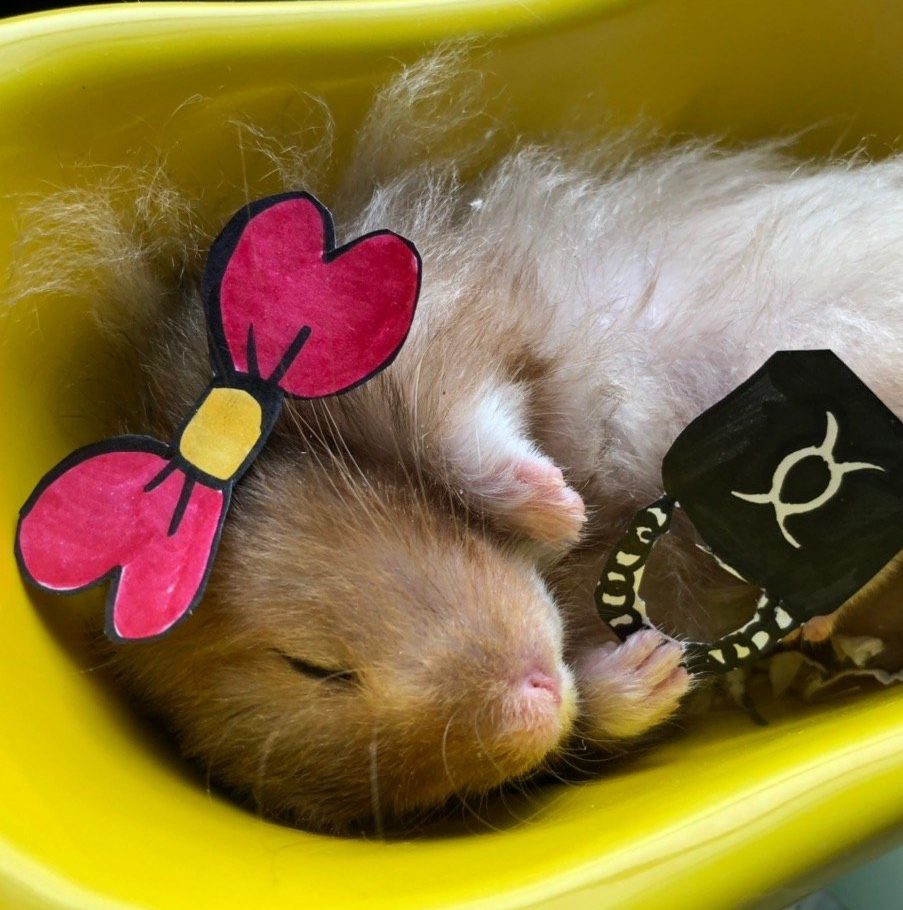The reading, ’Uncomfortable Interactions’ (Benford, Greenhalgh, Walker, Giannachi, Marshall, Rodden, Proceedings of CHI 2012), analyses and explores the psychology behind our need for stimulation through uncomfortable interactions as well as its benefits, forms and tactics.
Commonly employed by the entertainment industry, the deliberate use of discomfort can be manipulated to create impactful interactions that are significantly more entertaining, enlightening and foster greater social bonding. With a degree of suffering inflicted upon the user such as anxiety, fear or pain, these ‘sufferings’ can be experienced either directly or empathetically on the behalf of others.
When designed into cultural experiences, uncomfortable interactions can be a useful mean to an end, to stimulate and enhance entertainment. With a heightened sensory caused by an intentional discomfort, participants can be manipulated to gain an increased awareness of their own feelings, generating greater memorability of an experience due to the enhanced subjective intensity. Uncomfortable interactions can also enlighten through experiences of relief after an initial discomfort, allowing for a greater derivation of pleasure from pain. Social bonding amongst participants can also be strengthened through uncomfortable interactions, where challenging people to work together as a team during difficult situations can create intensified shared experiences. In such situations, social bonding can be fostered not only through a direct experience, but also through the mere act of witnessing another’s experience.

Take this for example, we cringe as we view this gif although we do not directly experience the pain.
Uncomfortable interactions can take on several forms in terms of visceral, control, intimate, and cultural discomfort. Using a rollercoaster ride as an example, the visceral discomfort of intense acceleration and uncomfortable height provokes and challenges our physical senses, while the loss of control to a machine cultivates control discomfort. Interestingly, people who had the initial control over their personal experience (whether to subject themselves to the thrill or nauseating effects of the ride), choose to give up that control in exchange for a temporary experience of submission. In a roller coaster ride, there is also a sense of forced intimacy with strangers as the multiple rows of seats forces its user to share an intimate moment of vulnerability with several other strangers.
Cultural discomfort is embodied through the theme of the rollercoaster, which often carries associations with risk and danger. As part of a story plot, some theme parks may come up with ‘touch points’ that requires participants to make difficult decisions before partaking in a ride experience. This is mainly to intensify and set expectations for the rest of the experience, as seen in Singapore’s Battlestar Galactica: Human vs. Cyclon rollercoaster, where participants are prompted before a ride to pick a side from either the good or evil choices. For those who chose the Cyclon, the thrill of knowing that they have selected an extreme ride may add on to the anticipation experienced while waiting for the ride to begin.

In application, the Freytag’s pyramid can be applied to create a successful uncomfortable interaction. Similar to the dramatic structure used in story-telling, the Freytag pyramid consists of an exposition, rising action, climax, falling action and denouement.

In “Uncle Roy all around you”, this was best illustrated in the game’s storyline where the initial surrendering of possessions by the street players was the exposition, framing the initial game experience. The suspense and idea of collaborating with online strangers created a rising action, provoking a loss of control and intimate discomfort as online players could communicate with and keep track of the real-time location of street players. A sense of voyeurism and surveillance enhances the feeling of vulnerability within street players as they work under pressure (visceral discomfort) to figure the clues to Uncle Roy’s office. Eventually, as the street player reaches the office, they are given the unexpected choice of deciding to meet and help an online stranger for a year. Without full comprehension of the commitment level and context, this was a cultural discomfort employed through a difficult decision with the ingrained ‘stranger danger’ mentality putting the players in a tough spot. The falling action happens as the street player decides upon the next action, regaining control over the following consequences. There is no definite end to the game for online players, as they can choose to continue chatting with street players or enter the office several times. However, the denouement here happens as participants begin to reflect upon the question posed to them through the overall game experience: “When will you be able to trust a stranger?”
In conclusion, uncomfortable interactions are results of a shift in our natural state of control over the visceral, control, cultural and intimate aspects, where our ‘fight or flight’ senses can be manipulated to intensify and and memorable experiences in our future works.







